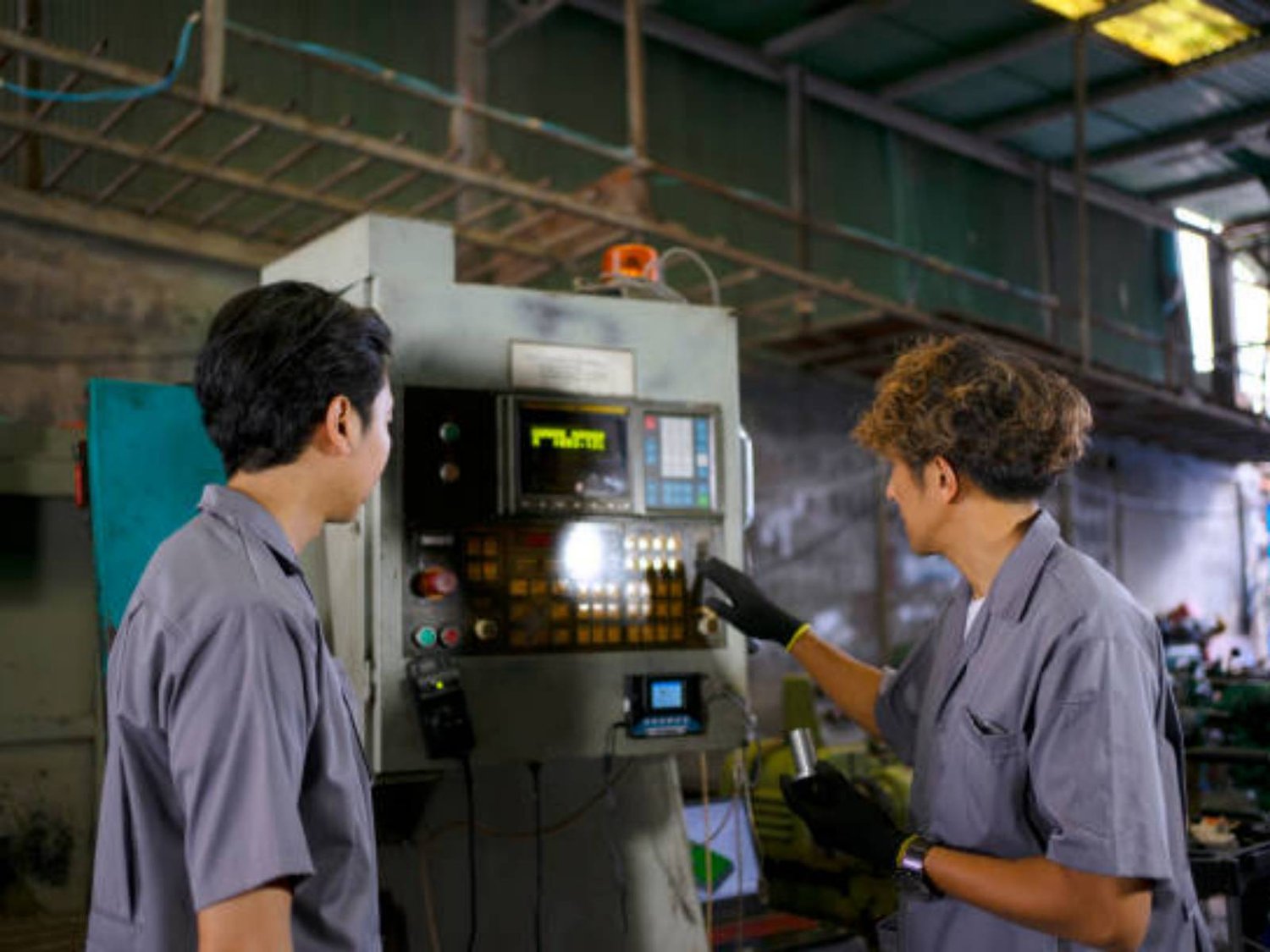The History and Importance of Traditional Parts Fabrication
Traditional parts fabrication is a time-honored craft that has played a significant role in the development of various industries. From automotive to aerospace, this meticulous process has been essential for creating custom-made components that meet specific requirements. In this article, we will explore the origins, techniques, and applications of traditional parts fabrication.
The Origins of Traditional Parts Fabrication
The roots of traditional parts fabrication can be traced back to ancient civilizations. Early metalworkers utilized rudimentary tools and techniques to shape metals into functional objects. Over time, these methods evolved, and artisans began employing more advanced methods such as casting, forging, and machining to create intricate components.
The Techniques Involved in Traditional Parts Fabrication
Traditional parts fabrication encompasses a range of techniques, each suited for different materials and desired outcomes. Some common techniques include:
- Casting: This process involves pouring molten metal into a mold to create a desired shape. It is particularly suitable for creating complex shapes or large parts.
- Forging: By using heat and pressure, forging involves shaping metal through repeated hammering or pressing. It is often used to create strong and durable components.
- Machining: Machining involves the use of cutting tools to remove material from a workpiece, resulting in the desired shape. This technique is highly precise and suitable for creating intricate parts.
The Applications of Traditional Parts Fabrication
Traditional parts fabrication finds application in a wide range of industries. Here are a few notable examples:
- Automotive: Traditional parts fabrication is crucial in the automotive industry for creating engine components, transmission parts, and body panels.
- Aerospace: Components used in aircraft, such as turbine blades, landing gear, and structural elements, often require traditional parts fabrication due to their unique specifications and stringent safety standards.
- Industrial Machinery: Many industrial machines rely on custom-made parts to ensure optimal performance and efficiency. Traditional parts fabrication allows for the creation of specialized components used in various machinery.
The Advantages and Limitations of Traditional Parts Fabrication
Traditional parts fabrication offers several advantages that contribute to its continued relevance:
- Customization: Traditional methods allow for the creation of bespoke components tailored to specific requirements, ensuring a perfect fit and optimal functionality.
- Strength and Durability: Parts created through traditional fabrication techniques often exhibit superior strength and durability, making them ideal for demanding applications.
- Material Versatility: Traditional fabrication techniques can be applied to a wide range of materials, including metals, alloys, and even certain types of plastics.
However, it is important to note that traditional parts fabrication also has some limitations:
- Time and Cost: The intricate nature of traditional fabrication methods often results in longer production times and higher costs compared to modern manufacturing processes.
- Design Constraints: Certain complex designs may be challenging to produce using traditional methods, requiring alternative approaches.
The Future of Traditional Parts Fabrication
In an era of rapid technological advancements, traditional parts fabrication faces competition from modern manufacturing techniques such as 3D printing and computer numerical control (CNC) machining. However, the artistry, craftsmanship, and irreplaceable expertise behind traditional fabrication ensure its continued relevance in industries that demand precision and quality.
Conclusion
Traditional parts fabrication is an integral part of various industries, providing custom-made components that meet specific requirements. From its ancient origins to its modern applications, the art of traditional parts fabrication continues to evolve while preserving the skills and techniques passed down through generations. As technology progresses, traditional fabrication techniques will coexist with modern methods, ensuring the production of high-quality, specialized parts for years to come.

